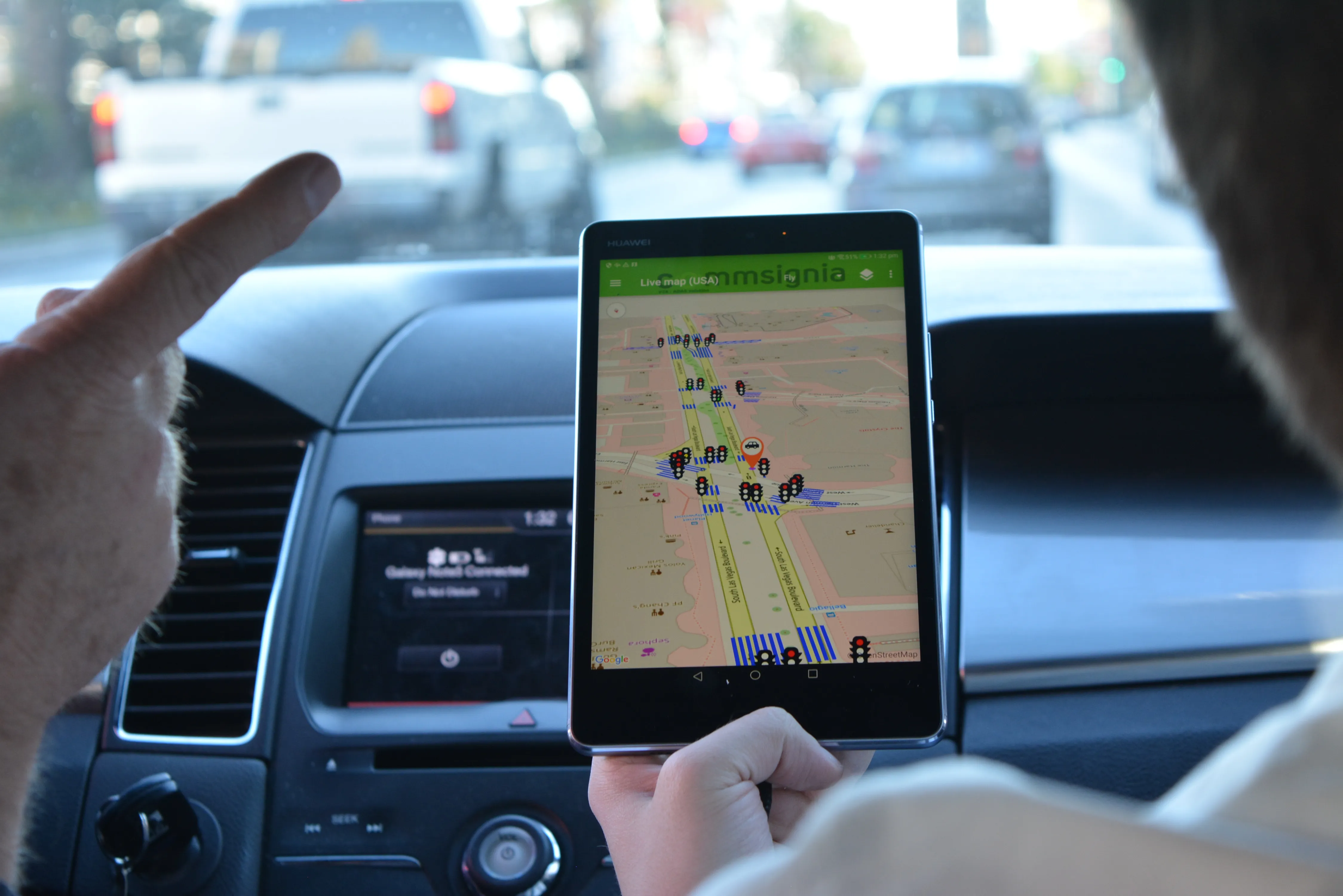A new report from IDTechEx Research, Printed and Flexible Electronics in Automotive Applications 2016-2026, indicates that the market for printed and flexible electronics in vehicles is expected to grow to over US$5.5 billion dollars in the next decade, spearheaded by the projected growth of in-mould electronics and OLED technologies.
Printed and flexible electronics are beginning to proliferate, with a variety of components and devices coming to market. Several end-user verticals are expected to benefit
January 27, 2016
Read time: 3 mins
A new report from 6582 IDTechEx Research, Printed and Flexible Electronics in Automotive Applications 2016-2026, indicates that the market for printed and flexible electronics in vehicles is expected to grow to over US$5.5 billion dollars in the next decade, spearheaded by the projected growth of in-mould electronics and OLED technologies.
Printed and flexible electronics are beginning to proliferate, with a variety of components and devices coming to market. Several end-user verticals are expected to benefit from the host of advantages these technologies offer and the automotive sector is no exception.
OLED displays remain the biggest success of organic electronics. In particular, OLED has become the premium display technology for many consumer products such as smartphones, tablets, televisions, and wearables. The industry is now moving from glass substrates to plastic substrates following the trend towards flexible displays, with the two largest manufacturers,1809 Samsung Display and LG Display, leading the charge and investing in new production lines. Aside from performance advantages that OLEDs bring to the table in terms of color gamut, contrast and power consumption, the benefits of flexible display integration in vehicles include lighter weight and robustness and in many cases, versatility in design and form factor. Moving ahead towards more complex applications than just small passive matrix OLED displays, leading automotive companies such as Audi are embracing active matrix OLEDs and the possibilities they enable, with sleek concepts allowing for demonstrations of where future OLED technologies are heading.
In later years, in addition to flexible OLED panels, transparent displays may also be adopted by the auto industry to transform the windows of vehicles into screens that display heads-up information for drivers. Samsung Display shared some interesting concepts based on augmented reality on its blog recently as shown below.
Inside of the car, the windscreen can display a host of useful contextual information such as vehicle speed, navigation instructions and location-based facts. Outside of the car, the rear windshield can be utilized to communicate safety warnings and other notifications to fellow motorists such as the vehicle’s speed and signals for when the car is braking.
In-mould electronics (IME), a market of a few tens of millions in 2016, is expected to experience the biggest growth in the next decade, reaching almost a billion dollars by 2026.
The formation of car overhead consoles using in-mould electronics is a multi-step process that utilises establishes manufacturing techniques and existing tools. Graphical and functional inks are screen printed, subsequently thermoformed to the desired shape, and finally moulded in the final step. This approach to manufacturing overhead consoles and centre-stacks in vehicles reduces weight and size, and also reduces the size and complexity of the PCBs integrated into vehicles, while affording ease of change in design with minimum or no re-tooling necessary.
Such benefits are already obvious to car manufacturers who are showing significant interest in adopting the technology, with first devices already in production: Canatu’s CNB Touch Sensors are incorporated into a new automotive model for a yet unnamed North American customer of the company, with production and first deliveries having started in 2015.
Printed and flexible electronics are beginning to proliferate, with a variety of components and devices coming to market. Several end-user verticals are expected to benefit from the host of advantages these technologies offer and the automotive sector is no exception.
OLED displays remain the biggest success of organic electronics. In particular, OLED has become the premium display technology for many consumer products such as smartphones, tablets, televisions, and wearables. The industry is now moving from glass substrates to plastic substrates following the trend towards flexible displays, with the two largest manufacturers,
In later years, in addition to flexible OLED panels, transparent displays may also be adopted by the auto industry to transform the windows of vehicles into screens that display heads-up information for drivers. Samsung Display shared some interesting concepts based on augmented reality on its blog recently as shown below.
Inside of the car, the windscreen can display a host of useful contextual information such as vehicle speed, navigation instructions and location-based facts. Outside of the car, the rear windshield can be utilized to communicate safety warnings and other notifications to fellow motorists such as the vehicle’s speed and signals for when the car is braking.
In-mould electronics (IME), a market of a few tens of millions in 2016, is expected to experience the biggest growth in the next decade, reaching almost a billion dollars by 2026.
The formation of car overhead consoles using in-mould electronics is a multi-step process that utilises establishes manufacturing techniques and existing tools. Graphical and functional inks are screen printed, subsequently thermoformed to the desired shape, and finally moulded in the final step. This approach to manufacturing overhead consoles and centre-stacks in vehicles reduces weight and size, and also reduces the size and complexity of the PCBs integrated into vehicles, while affording ease of change in design with minimum or no re-tooling necessary.
Such benefits are already obvious to car manufacturers who are showing significant interest in adopting the technology, with first devices already in production: Canatu’s CNB Touch Sensors are incorporated into a new automotive model for a yet unnamed North American customer of the company, with production and first deliveries having started in 2015.








